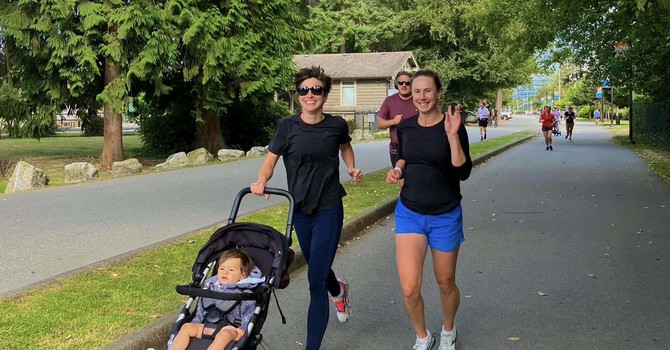
Facing a joint replacement can be daunting, but the good news is that rehabilitation plays a crucial role in ensuring a smooth recovery and getting you back to doing what you love. So, what can you expect from your rehab journey?
The First Steps: Pre-hab
Many of our patients first come to us after seeking advice from their family doctor or orthopaedic specialist. Evidence shows and we find that people have much better outcomes with surgery if they start strengthening and mobilizing their joints and getting education prior to surgery. This could be anywhere from a few months to years before the surgery is even scheduled.
Post-surgery: Early Recovery (in hospital)
Rehabilitation often begins right after surgery, sometimes within hours. This will be done by the physiotherapists in the hospital. The goal is to get you moving as soon as possible to prevent complications like stiffness or blood clots. Your physiotherapist will guide you through gentle exercises to improve circulation and begin the process of regaining movement in your new joint. You will then have a final assessment by the hospital physiotherapist and be given a referral to an “outpatient” physiotherapist.
Strengthening and Mobility (outpatient care)
Depending on the joint that was replaced, you will be recommended to see a physiotherapist as an outpatient within a few weeks after leaving the hospital. They will assess your progress, gait aids (e.g. walker/cane), check your wound/scar, help with pain relief as well as check and progress your exercises. As you progress, your physiotherapy sessions will focus on strengthening the muscles around the joint. This is crucial for providing support and stability, reducing the risk of injury, and helping you regain normal function. You’ll also work on improving your range of motion with targeted exercises designed to restore flexibility and mobility.
Balance and Gait Training
After a joint replacement, especially in the hip or knee, retraining your balance and walking pattern is essential. Physiotherapists use specific exercises and sometimes assistive devices, like walkers or canes, to help you regain confidence in your movement. This phase of rehab ensures you can safely navigate your environment and return to daily activities.
Education and Long-Term Care
Rehabilitation isn’t just about exercises—it’s also about education. You’ll learn techniques for protecting your new joint, managing pain, and preventing future issues. Your physiotherapist will also provide advice on lifestyle modifications and long-term exercises to maintain the health and function of your joint.
The Road Ahead
Rehabilitation after a joint replacement is a journey, but with the right guidance and dedication, it leads to a stronger, more active you. Whether it’s returning to work, hobbies, or simply enjoying pain-free movement, physiotherapy is key to making the most of your new joint. Our physiotherapists at Hollyburn Physiotherapy Clinic are extremely experienced with joint replacement rehabilitation.
Francesca Ruddick
Contact Me


